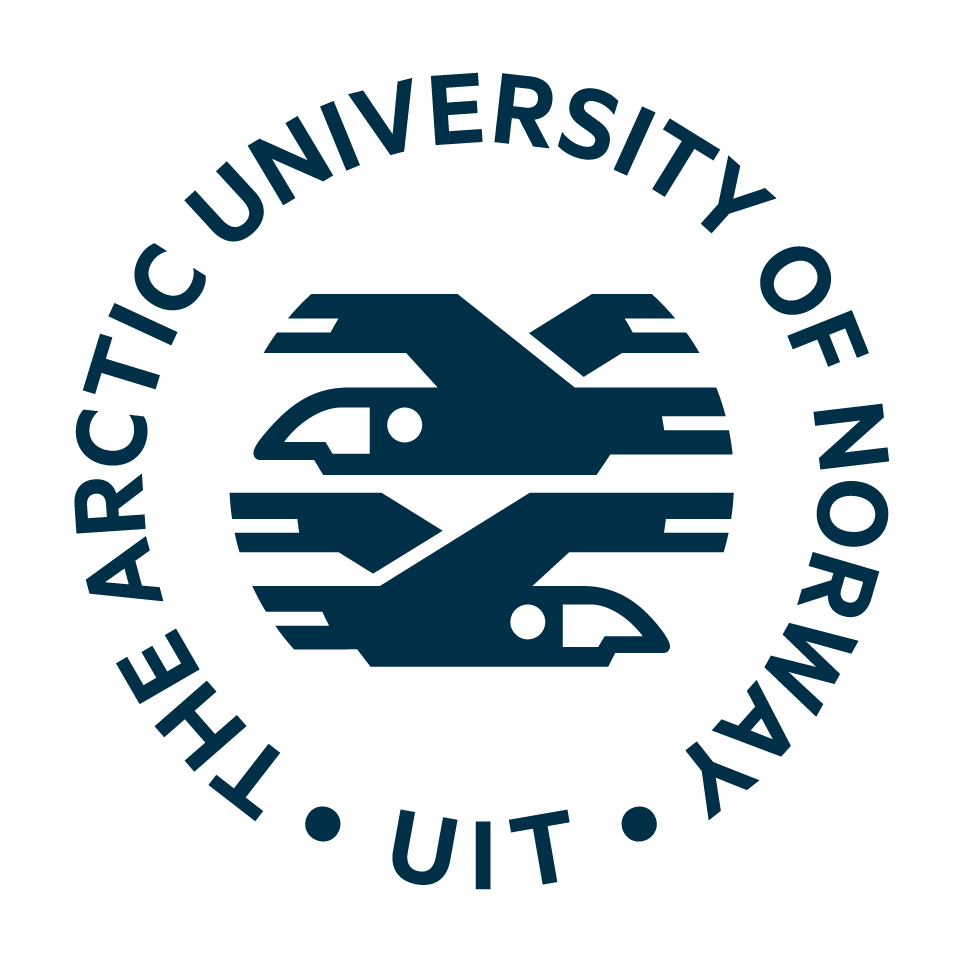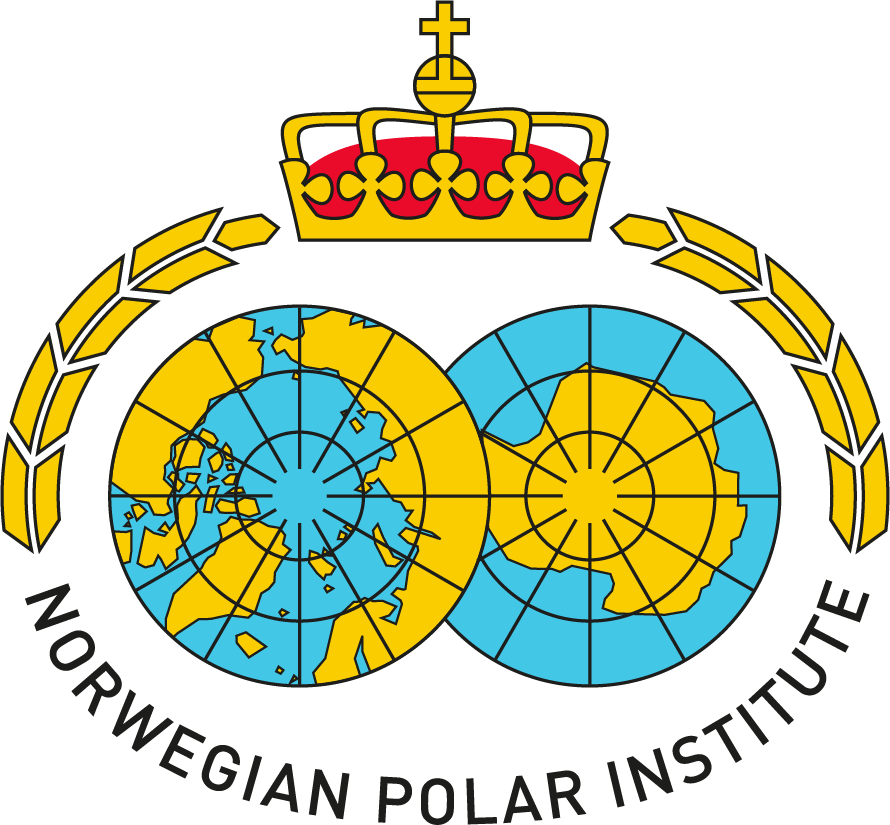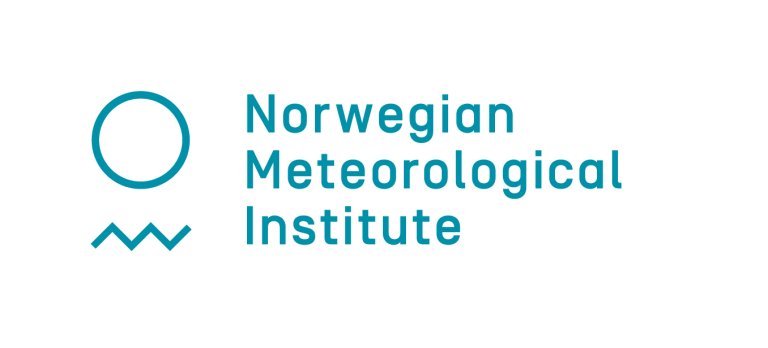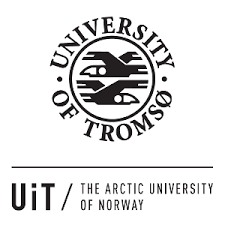Earth Observation Project
Earth Observation Project
The Earth Observation Laboratory is involved in a wide range of projects covering the entire spectrum from basic to applied research. Here is a selection of some of the larger projects, both current and past.
Current
- Ice, Wind, Structures-Ice wiseIce-wise
|
2024-2028 |
IceWise deals with the effects of sea ice on offshore wind turbines. Europe aims to develop at least 60 GW of offshore wind in EU waters by 2030, making it one of the most important renewable energy sources for the future. This implies the installation of additional wind turbines in the Baltic Sea, where sea ice is one of the main unknowns. To reduce uncertainty in ice action estimations, improve operational planning, and standardize the design process for offshore wind turbines, IceWise combines the expertise of NTNU in ice mechanics and ice actions on offshore structures with the expertise of UiT in satellite remote sensing of sea ice. This will enable Norwegian industry to conduct world-class research. | Funds: ENERGIX-Stort program energi Web: Host: UiT The Arctic University of Norway PI: Professor Knut Vilhelm Høyland |
| • Arctic Summer Sea Ice in 3D (SI/3D) | ||
 2023-2028 |
SI/3D will close the gap in summer sea ice thickness observations from radar altimetry, harnessing deep machine learning, modelling of the radar altimeter response, and dedicated field campaigns, to overcome the processing barriers. With this unique dataset, we will: (1) close the Arctic sea ice volume budget, pinpointing the mechanisms driving seasonal decay and breakup of the ice pack and the feedbacks of sea ice loss on Arctic temperatures, and (2) upgrade seasonal sea ice forecasts from state-of-the-art modelling systems by assimilating summer ice thickness observations. | Funds: ERC Starting Grant Web: EU research page Host: UiT The Arctic University of Norway PI: Jack Landy |
• air-snow-ice-ocean INTERactions transforming Atlantic Arctic Climate (INTERAAC) |
||
  2020-2026 |
The INTERAAC project assembles a complimentary team of experts from China and Norway to generate a reconciled multi-mission Climate Data Record (CDR) of sea ice properties in the Atlantic Arctic. By integrating SAR, altimetry, and field observations, we will target the inter-mission biases currently preventing detection of climate-relevant trends. Our new data will enable the investigation of coupled air-snow-ice-ocean processes driving sea ice retreat along the Atlantic Polar Front. | Funds: NFR-POLARPROG Web: NFR research page Host: UiT The Arctic University of Norway PI: Jack Landy |
• CryoSat Thematic Products (CryoTEMPO) Summer Sea Ice |
||
  2021-2026 |
The Cryo-TEMPO study aims to deliver a new paradigm of simplified, harmonized, and agile CryoSat-2 products, that are easily accessible to new communities of non-altimeter experts and end-users. The project will generate six new thematic along-track products, covering Winter Sea Ice, Summer Sea Ice, Land Ice, Polar Ocean, Coastal Ocean and Inland Water, using rapidly evolving, state-of-the-art processing dedicated to each thematic area. |
Funds: ESA Web: project page Host: Lancaster University, UK PI: Jack Landy |
• Arven etter Nansen (The Nansen Legacy) |
||
 2018-2024 |
The Nansen Legacy is a joint plan to follow Nansen's example in exploring the Arctic and establish a holistic understanding of a changing Arctic Ocean and ecosystem. The project will provide the scientific knowledge base needed for future sustainable resource management in the transitional Barents Sea and the adjacent Arctic Basin. | Funds: NFR & partners Web: arvenetternansen.com Host: UiT The Arctic University of Norway PI: |
• Sea Ice Retrievals and data Assimilation in NOrway (SIRANO) |
||
  2020-2024 |
The SIRANO project, a collaboration between MET and UiT, focuses on enhancing sea-ice predictions in the Arctic regions. It emphasizes integrating detailed images from diverse satellites, like Synthetic Aperture Radars and Microwave Radiometers, with advanced computer models. The project's success will benefit maritime navigation, search and rescue operations, and weather forecasting in Norway. | Funds: NFR-ROMFORSK Web: cryo.met.no/en/sirano Host: Met Norway PI: Thomas Lavergne |
Past
| • Center for integrated remote sensing and forecasting for Arctic operations (CIRFA) | ||
  2015-2023 |
A centre for research based innovation (SFI), hosted at UiT The Arctic University of Norway, focusing on detecting, characterizing, mapping, and forecasting of Arctic sea ice, icebergs, ocean surface currents, wind, polar-lows and marine pollution. | Funds: NFR & partners Web: cirfa.uit.no Host: UiT The Arctic University of Norway PI: Torbjørn Eltoft |
• Sea Ice Deformation and Snow for an Arctic in Transition (SIDRiFT) |
||
 2019-2023 |
SIDRiFT focuses on understanding Arctic sea ice deformation and its impact on climate and navigation. Utilizing satellite data, field observations, and numerical models, the project studies ice floe dynamics, cracks, snow distribution, and their effects on ice growth and melting. Collaborating with the MOSAiC expedition, SIDRiFT aims to enhance Arctic weather models and develop new satellite sensors for ice observation, key for future climate strategy and navigation. | Funds: NFR-ROMFORSK Web: twitter.com/SIDRiFT_UiT Host: UiT The Arctic University of Norway PI: Polona Itkin |
- From Copernicus Big Data to Extreme Earth Analytics (ExtremeEarth)
- Arctic field summer school (Norway-Canada-USA collaboration)
- Kompetansesenter for luftfartsbaserte tjenester
- Oil spil and newly formed sea ice detection, characterization, and mapping in the Barents Sea using remote sensing by SAR (Norwegian-Russian collaboration)
- Detection and characterization of anthropogenic oil pollution in the Barents Sea by synthetic aperture radar (Norwegian-Russian collaboration)
- Arctic Earth Observation and Surveillance Technologies (Arctic EO)
- Automatic oil spill detection and risk warning using satellite data
- Monitoring Carbon in Tanzanian Woodland (MCTWO)
- Oil Spill Detection and Characterization
- Multi-temporal SAR image analysis
- Barents remote sensing school (BARESS)
